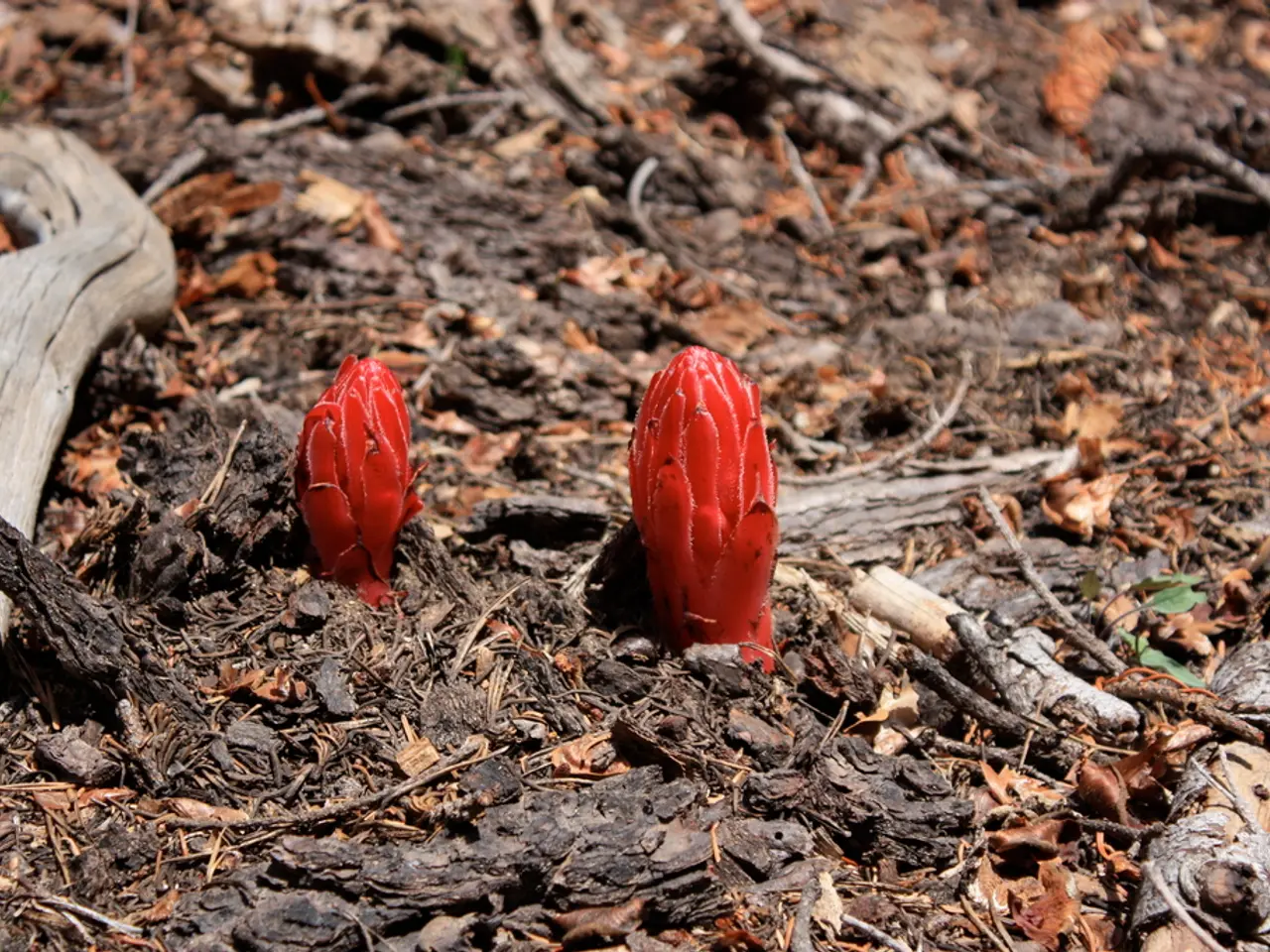Guide on Duplicating Snowdrops at No Cost: Mastering Snowdrop Propagation Techniques
In the captivating world of gardening, snowdrops, with their delicate white blooms, are a beloved sight during the winter months. For enthusiasts and collectors alike, propagating these enchanting bulbs is a valuable skill, especially for the high value of certain rare varieties. This article provides a step-by-step guide on the specialist art of twin scaling, a method essential for large-scale snowdrop propagation.
### Materials Needed: - Healthy, mature snowdrop bulbs - A sharp knife or scalpel - A well-draining potting mix suitable for bulbs - Water - Trays or containers - Fungicide solution (optional) - Vermiculite (optional)
### Step-by-Step Instructions:
1. **Prepare the Bulbs**: - Wait for the right season: Snowdrops are typically best divided in summer when they are dormant. However, for twin scaling, you can use bulbs immediately after they finish flowering and before they completely go dormant. - Gently dig up the bulbs: Carefully remove them from the ground.
2. **Clean and Prepare the Bulbs**: - Remove old leaves and roots: Trim off any old foliage and roots to prevent rot. - Wash the bulbs: Gently rinse them with water to remove any soil or debris.
3. **Twin Scaling**: - Identify the basal plate: The flat base of the bulb is the area where roots emerge. - Make the cuts: Using a sharp knife or scalpel, make longitudinal cuts through the bulb, creating sections but leaving a small portion of the basal plate intact on each section. - Aim for 2-3 scales per section: Each section should have a part of the basal plate to ensure root growth.
4. **Pre-Treatment**: - (Optional) Soak the propagules (viable pieces of bulb) in a fungicide solution for 20 minutes. - Place the propagules in a sealable container on a bed of vermiculite.
5. **Propagation**: - Snowdrops are placed in darkness at 21°C during propagation. - In twinscaling, further incisions can be made to divide the chips into separate bulb 'leaves' or 'scales'.
6. **Planting**: - After 12-14 weeks, propagated snowdrops are ready to be potted up. - Prepare the planting medium: Use a well-draining potting mix in trays or small pots. - Plant the scales: Place each scale section in the potting mix, ensuring the basal plate is buried and the cut face is covered. - Water Thoroughly: Keep the soil moist but not waterlogged.
7. **Care and Maintenance**: - Provide filtered sunlight or partial shade. - Keep the area cool, ideally between 40°F and 50°F (4°C and 10°C). - Maintain consistent moisture without overwatering. - Apply a balanced fertilizer once growth starts.
8. **Harvesting New Bulbs**: - Let the new bulbs grow for at least a year before harvesting. - Once they have formed new growth, you can gently separate and replant them.
### Tips for Large-Scale Propagation: - Use multiple trays: To increase the number of propagated bulbs, use multiple trays or containers. - Monitor conditions: Ensure consistent conditions across all trays to maximize success. - Record keeping: Keep track of the number of bulbs propagated and their growth progress for future reference.
### Common Challenges and Solutions: - Rotting: Check for overwatering and reduce moisture if necessary. - Pests: Inspect for pests regularly and treat promptly if found.
By following this method, you can efficiently propagate snowdrops on a large scale, ensuring a consistent supply of these beautiful bulbs. For those who wish to visit the MacLennans' garden, home to a National Collection of snowdrops, details can be found on the Plant Heritage website. The MacLennans' collection was granted Scientific Status by Plant Heritage, in recognition of their exceptional efforts in maintaining, expanding, and documenting the collection, as well as their generosity in sharing knowledge and plants with others.
In the guide of twin scaling, a method for large-scale snowdrop propagation, healthy, mature snowdrop bulbs are prepared by digging them up during the correct season and cleaning them with water after removing old leaves and roots. Later, propagated snowdrop bulbs are planted in well-draining potting mix suitable for bulbs, ensuring the basal plate is buried and the cut face is covered. This home-and-garden skill not only adds to the lifestyle of gardening enthusiasts but also increases the value of their home-and-garden collection, particularly for rare snowdrop varieties.




